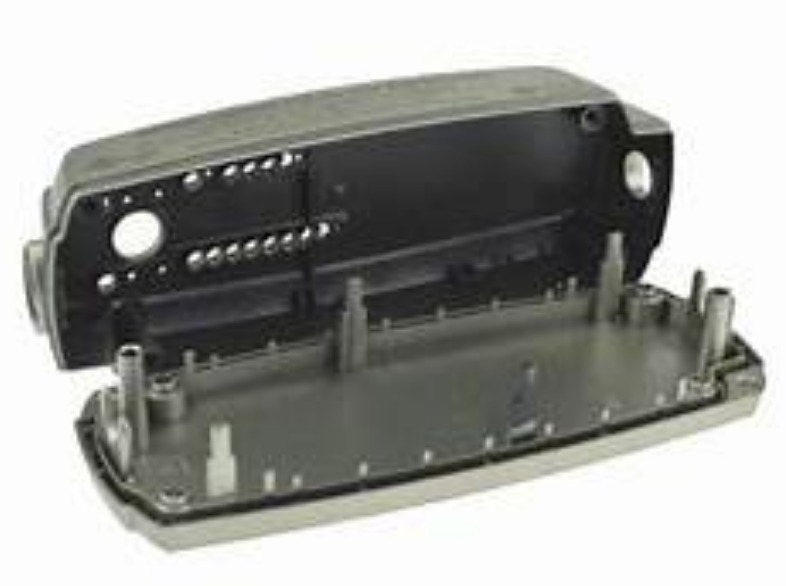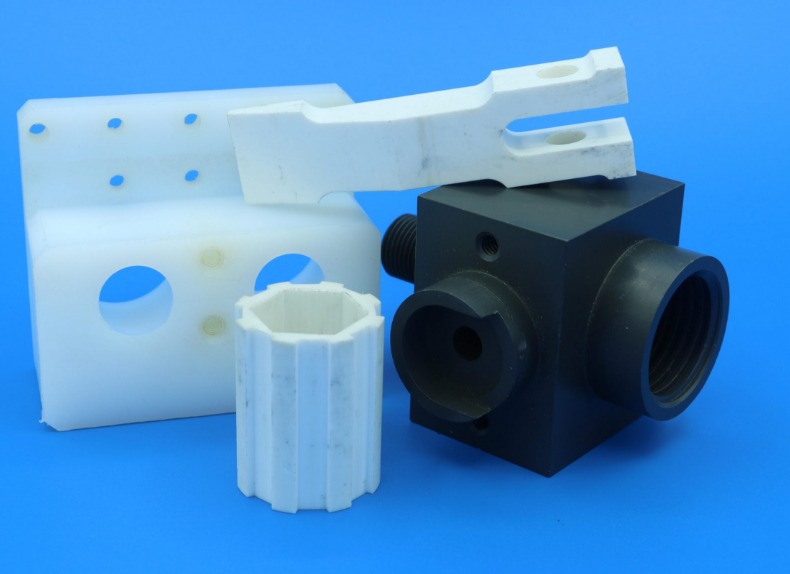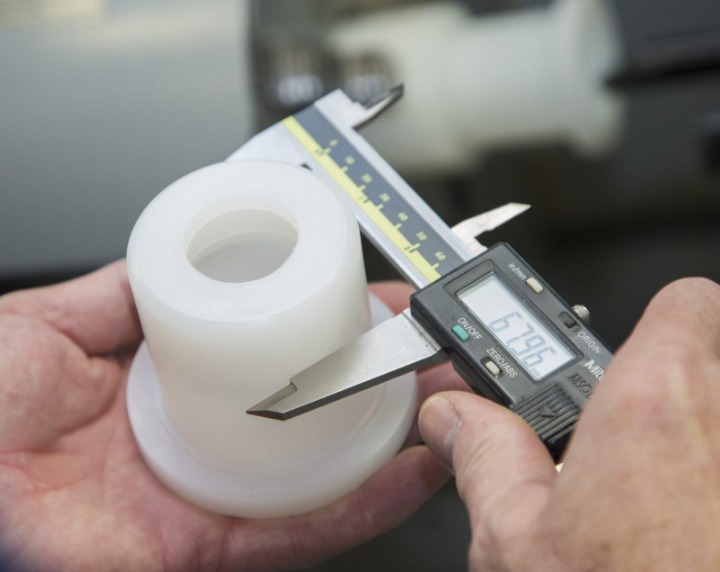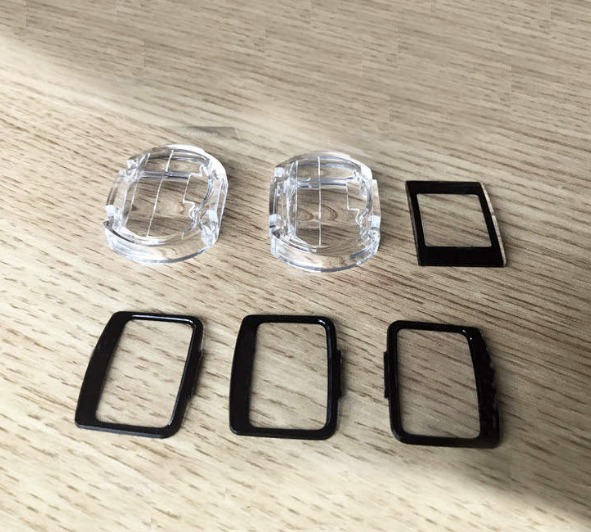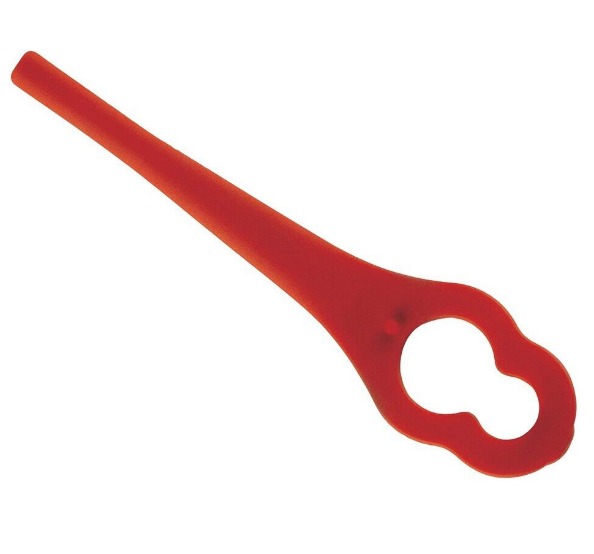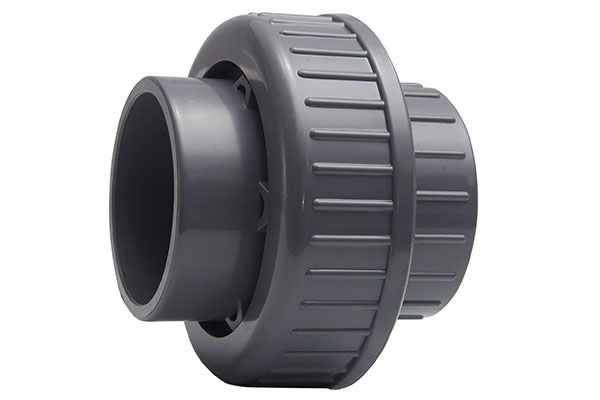What is Water - Assist Injection Molding?
Water - Assist Injection Molding (WAIM) is an innovative manufacturing process that has gained significant attention in the plastics industry. It is an extension of the traditional injection molding technology, but with a unique twist.
Traditional Injection Molding Basics
In traditional injection molding, molten plastic is injected into a mold cavity at high pressure. Once the cavity is filled, the plastic cools and solidifies, taking the shape of the mold. This process is widely used for producing a variety of plastic products, from small consumer goods to large automotive components. However, it has some limitations, such as potential issues with part shrinkage, warping, and difficulty in creating complex geometries with uniform wall thickness.
Gas - Assisted Injection Molding Comparison
Gas - Assisted Injection Molding (GAIM) was developed as an improvement over traditional injection molding. In GAIM, after the initial injection of molten plastic, a gas (usually nitrogen) is introduced into the mold cavity. The gas acts as a pressure medium, pushing the plastic to fill the remaining parts of the mold and also creating hollow sections in the part. This helps in reducing the weight of the final product, improving its strength - to - weight ratio, and minimizing sink marks.
The Principle of Water - Assist Injection Molding
Water - Assist Injection Molding follows a similar concept to GAIM, but instead of gas, water is used as the medium. Here's how it works:
- Initial Plastic Injection: First, a partial amount of molten plastic is injected into the mold cavity. This is often called the "short - shot" step. For example, in the production of a plastic pipe, a certain volume of molten plastic is injected to form the initial inner layer of the pipe wall.
- Water Injection: Immediately after the plastic injection, high - pressure water is introduced into the center of the molten plastic through a special nozzle. The water, being incompressible, forces the plastic to flow towards the mold walls, filling the remaining space in the cavity. As the water pushes the plastic, it also starts to cool the plastic from the inside, due to its high heat - transfer properties.
- Cooling and Solidification: The water remains in the cavity during the cooling phase, further cooling the plastic. Once the plastic has solidified, the water is drained out. The drained water can be recycled and reused, making this process environmentally friendly and cost - effective.
- Part Ejection: Finally, the solidified plastic part, now with a hollow interior in some cases, is ejected from the mold.
What sets WAIM apart is the high heat - capacity of water. Water can absorb a large amount of heat during the cooling process, which results in a shorter cooling time compared to both traditional injection molding and GAIM. For instance, in the production of a large - scale plastic component, the cooling time can be reduced by up to 30 - 50% with WAIM, leading to higher production efficiency. Additionally, the use of water as a medium is more cost - effective since water is abundant and inexpensive compared to gases like nitrogen used in GAIM.
The Working Process in Detail
- Plastic Injection (Short - shot Phase)
- Amount Determination: The first step in water - assist injection molding is the injection of a partial amount of molten plastic into the mold cavity. This "short - shot" volume is carefully calculated based on the final product's design. For example, if manufacturing a hollow plastic pipe with a specific outer diameter and wall thickness, the amount of plastic injected initially is determined to ensure that when water is later injected, the plastic will be pushed to form the desired wall thickness. A study by [relevant research institution] found that for pipes with a diameter of 50 - 100 mm, the short - shot volume typically ranges from 30 - 50% of the total volume of the final part.
- Injection Pressure and Speed: The injection of molten plastic is carried out at high pressure, usually in the range of 50 - 150 MPa, depending on the plastic material and the complexity of the mold. The injection speed is also crucial, as it affects the distribution of the plastic in the mold. A faster injection speed can help the plastic reach all corners of the mold quickly, but it may also cause issues such as air entrapment. In contrast, traditional injection molding often injects the full amount of plastic in one go, without the need for this precise short - shot calculation.
- Water Injection
- Timing and Pressure: Immediately after the plastic injection, high - pressure water is introduced. The timing of water injection is critical; it must be done while the plastic is still in a molten state. The water pressure is typically in the range of 10 - 50 MPa. For instance, in the production of large - scale automotive components, a water pressure of around 30 MPa is often used. The high - pressure water acts as a driving force, pushing the molten plastic towards the mold walls. In gas - assisted injection molding, the gas pressure is generally lower, around 5 - 20 MPa, as gas is more compressible than water.
- Nozzle Design: Special nozzles are used for water injection. These nozzles are designed to ensure a smooth and even flow of water into the plastic. They are often made of materials resistant to corrosion and high - pressure, such as stainless steel. The nozzle's shape and size are optimized according to the mold design and the product requirements. For example, a conical - shaped nozzle may be used for products with a circular cross - section, while a slit - shaped nozzle could be more suitable for flat - shaped components.
- Cooling and Solidification
- Heat Transfer Efficiency: During this stage, the water inside the cavity plays a dual role. Firstly, it continues to apply pressure on the plastic, ensuring that it maintains contact with the mold walls. Secondly, due to its high heat - capacity (about 4.2 J/g°C, which is much higher than that of most gases used in gas - assisted injection molding), water can absorb a large amount of heat from the plastic. This results in a significantly shorter cooling time. In a comparison study between water - assist and gas - assist injection molding for a plastic housing component, it was found that the cooling time with water - assist was reduced by 40%, from 30 seconds in gas - assist to 18 seconds in water - assist.
- Uniform Cooling: The water also helps in achieving more uniform cooling of the plastic. As it is in direct contact with the inner surface of the plastic, it can dissipate heat evenly, reducing the risk of warping and shrinkage. In traditional injection molding, where cooling is mainly achieved through the mold walls, there can be temperature gradients within the plastic, leading to uneven cooling and potential defects.
- Demolding
- Ejection Process: Once the plastic has solidified, the water is drained out of the mold. Then, the solidified plastic part is ejected from the mold. Ejection systems in water - assist injection molding are similar to those in traditional injection molding, often using ejector pins or plates. However, due to the presence of water in the earlier stages, the mold design may need to consider additional factors such as water - tight seals to prevent water leakage during the molding process, which can affect the ejection process if not properly managed.
- Part Quality after Demolding: After demolding, the parts produced by water - assist injection molding often have a smooth inner surface, especially in hollow - section areas. This is because the water, during the molding process, acts as a smooth - walled support for the plastic. In contrast, parts made by traditional injection molding may have a more uneven inner surface, especially in thick - walled or complex - shaped areas.
Applications Across Industries
Water - Assist Injection Molding has found its way into various industries due to its unique advantages. Here are some examples:
3C Electronics
- Mobile Phone Components: In the production of mobile phone frames, water - assist injection molding can create hollow structures, reducing the weight of the frame while maintaining its mechanical strength. For instance, some high - end smartphones use water - assisted injection - molded frames, which are 20 - 30% lighter than traditional solid - molded frames. This not only makes the phone more portable but also helps in heat dissipation, as the hollow structure can better distribute heat generated by the internal components.
- Laptop Housings: Laptop manufacturers are also adopting this technology. A study showed that by using water - assist injection molding for laptop housings, the production cycle can be reduced by about 25%. The high - speed cooling provided by water enables faster production, meeting the high - volume demands of the electronics market. Additionally, the smooth inner surface of the hollow - molded housing is beneficial for internal component installation, as it reduces the risk of scratching or damaging the delicate electronic parts.
Automotive Industry
- Interior Components: Many automotive interior components, such as door panels and instrument clusters, are now being produced using water - assist injection molding. These parts often require complex geometries and a combination of strength and light - weight properties. Water - assist injection molding can achieve both. For example, a car door panel produced by this method can be up to 40% lighter compared to traditional injection - molded panels. This weight reduction contributes to better fuel efficiency, as the overall vehicle weight is decreased.
- Engine Components: Some engine components, like intake manifolds, can also benefit from water - assist injection molding. The ability to create hollow channels with smooth inner walls improves the flow of air or fuel, enhancing the engine's performance. Research has shown that engines with water - assisted injection - molded intake manifolds can have a 5 - 10% increase in fuel - combustion efficiency.
Medical Field
- Medical Instrument Housings: In the medical industry, precision and biocompatibility are crucial. Water - assist injection molding can produce high - precision medical instrument housings with smooth inner and outer surfaces, which are easy to clean and sterilize. For example, the housings of some surgical robots are made using this technology. The smooth inner surface ensures that there are no crevices where bacteria can accumulate, reducing the risk of infections during surgeries.
- Fluid - handling Components: Components like tubes and connectors used in medical fluid - handling systems can also be made with water - assist injection molding. The process can create parts with uniform wall thickness and excellent dimensional accuracy, ensuring the proper flow and connection of medical fluids. A study on medical fluid tubes showed that those made by water - assist injection molding had a 98% higher rate of meeting the required dimensional tolerances compared to traditional injection - molded tubes.
Consumer Products
- Household Appliances: In the production of large - scale household appliances, such as refrigerator handles and washing machine drums, water - assist injection molding can be used. For refrigerator handles, the hollow structure created by this process not only saves material costs but also provides a more comfortable grip. In the case of washing machine drums, the smooth inner surface produced by water - assist injection molding reduces wear and tear on clothes during the washing process.
- Sports Equipment: Some sports equipment, like golf club shafts and bicycle frames, can benefit from the light - weight and high - strength properties offered by water - assist injection molding. A golf club shaft made using this technology can have a better balance and swing feel due to its optimized weight distribution. Bicycle frames produced by water - assist injection molding can be up to 30% lighter, enhancing the bike's performance in terms of speed and maneuverability.
Yigu Technology's Perspective
As a non - standard plastic metal products custom Supplier, Yigu Technology highly values Water - Assist Injection Molding. This technology has opened up new possibilities in our product manufacturing processes.
In the production of non - standard plastic products, the ability to create complex geometries with precise wall - thickness control is crucial. Water - Assist Injection Molding allows us to achieve this. For example, when manufacturing custom - designed plastic components for industrial equipment, the short - shot and water - injection steps enable us to create hollow sections that reduce material usage without sacrificing structural integrity. This not only cuts down on production costs but also makes the final products more lightweight and efficient.
Moreover, the fast cooling time in water - assist injection molding is a game - changer for us. It significantly shortens the production cycle, allowing us to meet tight deadlines for our clients. Whether it's producing small - scale, high - precision parts or large - scale components, the technology's advantages in terms of cost - effectiveness, product quality, and production speed have proven to be invaluable in our line of work.
FAQ about Water - Assist Injection Molding
Why choose water - assist injection molding over traditional injection molding?
Water - assist injection molding offers several advantages. Firstly, in terms of cost, it can save on material usage as it creates hollow structures in parts, reducing the amount of plastic needed. For example, in the production of automotive components, up to 40% of material can be saved compared to traditional solid - molded parts. Secondly, in terms of product quality, the high - heat capacity of water results in faster and more uniform cooling. This reduces the risk of part shrinkage and warping. Research shows that parts produced by water - assist injection molding have a 70 - 80% lower chance of significant warping compared to traditional injection - molded parts. Thirdly, in terms of production efficiency, the shorter cooling time in water - assist injection molding leads to a higher production rate. The cycle time can be reduced by 30 - 50%, allowing for more parts to be produced in the same amount of time.
What are the common defects in water - assist injection molding and how to solve them?
Common defects in water - assist injection molding include:
- Suture Lines: These occur when the plastic flows from different directions and meets. To solve this, you can increase the temperature of the plastic and the mold, adjust the water injection pressure and timing to ensure more uniform plastic flow, and optimize the gate location to reduce the distance the plastic has to flow from different points.
- Flow Marks: Caused by uneven flow of the plastic during the molding process. Solutions include improving the surface finish of the mold, adjusting the injection speed and pressure of the plastic and water, and using a mold release agent to reduce friction between the plastic and the mold.
- Sink Marks: Usually due to uneven cooling or excessive material shrinkage. You can address this by ensuring proper venting in the mold, adjusting the cooling time and water flow rate to achieve more uniform cooling, and adding rib structures to the part design to enhance its strength and reduce shrinkage - related issues.

